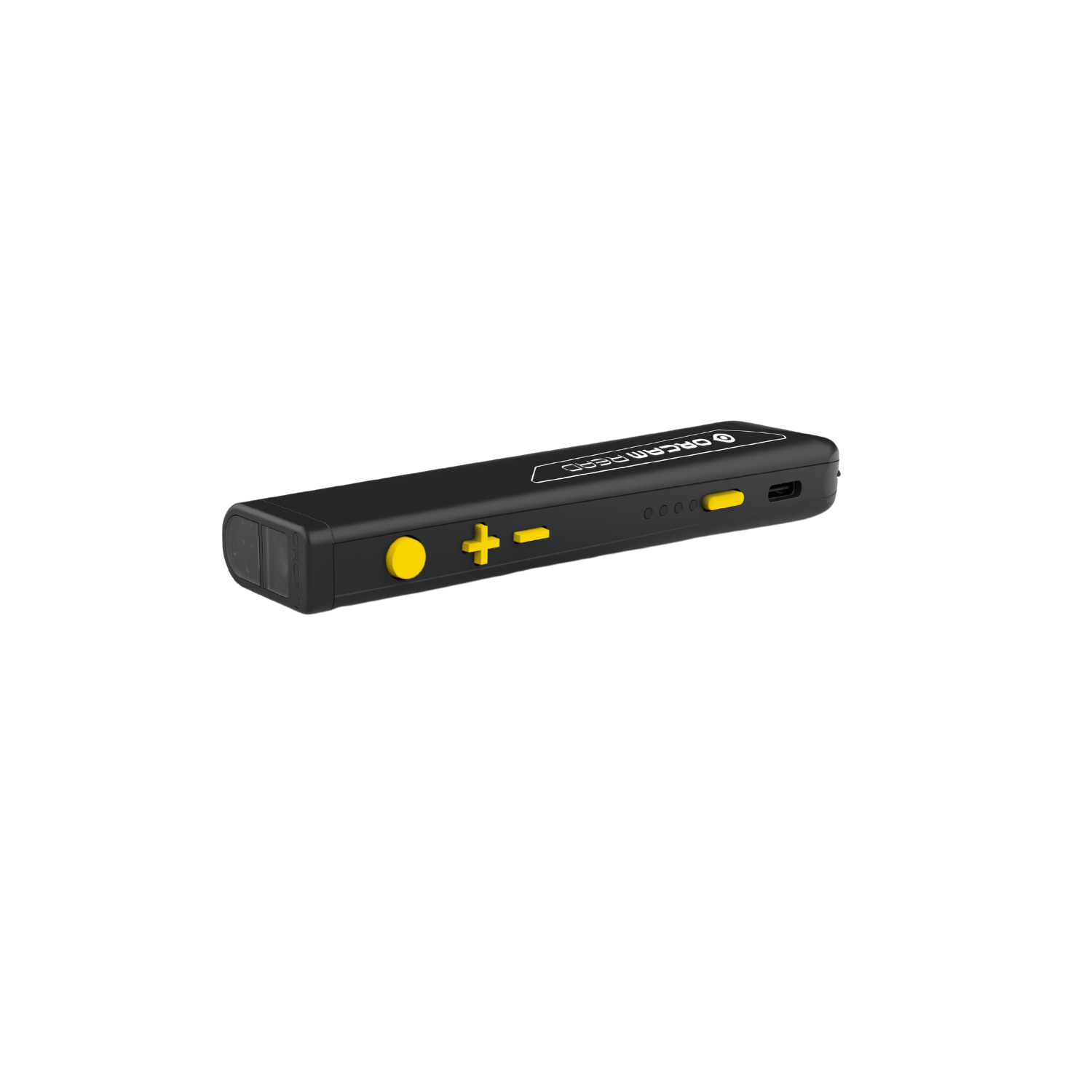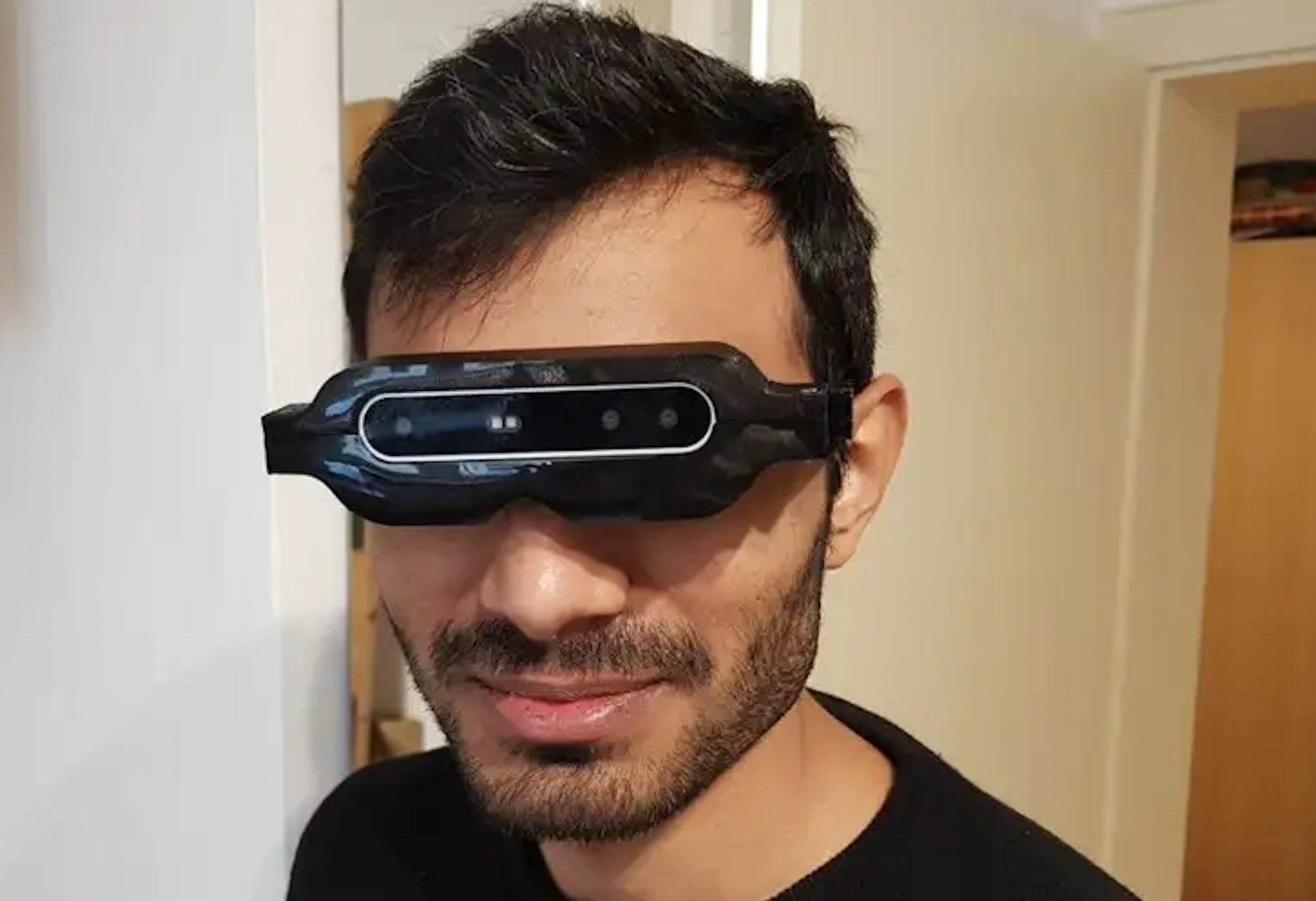OCR Devices for the Blind: Transforming Text into Speech with Ease
OCR Devices for the Blind: Transforming Text into Speech with Ease
Blog Article
Discover Ingenious Tools Designed for the Aesthetically Impaired
The development of innovative tools for the visually damaged stands for a significant innovation in availability and freedom. Technologies such as clever glasses with AI abilities and mobile applications made to give auditory summaries are reshaping day-to-day experiences for customers. In addition, wearable devices that employ haptic comments enhance environmental understanding, while modern Braille advancements offer brand-new methods to engage with text. As these tools proceed to evolve, their effect on the lives of those with aesthetic problems raises essential questions concerning the future of inclusivity and autonomy in various aspects of life. What lies in advance in this technical landscape?
Smart Glasses for Navigation

Smart glasses made for navigating are reinventing the means visually impaired people engage with their environment. These advanced gadgets use a mix of camera technology, expert system, and acoustic feedback to give real-time information regarding surroundings. By utilizing challenge detection systems, smart glasses can notify customers to potential hazards, allowing much safer flexibility in both familiar and unfamiliar setups.
The integration of GPS modern technology even more enhances navigation abilities, permitting users to get acoustic instructions as they move. This hands-free method not only promotes freedom however likewise empowers visually impaired individuals to navigate city landscapes with increased self-confidence. Furthermore, lots of smart glasses are geared up with features that recognize sites and street indications, providing contextual details that improves the individual experience.
Moreover, the development of these tools is continually progressing, with companies functioning to enhance the accuracy of item recognition and increase the range of navigational functions. As clever glasses become much more available and budget-friendly, they hold the potential to substantially change daily life for visually impaired users. Eventually, these innovative tools stand for a crucial step towards inclusivity, offering enhanced wheelchair and a greater sense of autonomy for people navigating the world around them.

Mobile Application for Daily Living
How can mobile applications boost the day-to-days live of visually impaired people? Mobile apps are transforming the method aesthetically damaged individuals navigate their settings, manage daily jobs, and access information. These applications supply vital support through various performances, promoting freedom and enhancing lifestyle.
Numerous cutting-edge mobile apps are designed especially for day-to-day living. Applications like Be My Eyes link aesthetically damaged individuals with sighted volunteers through video telephone calls, allowing them to get real-time assistance with jobs such as reading labels or browsing unknown rooms. Seeing AI, developed by Microsoft, makes use of synthetic knowledge to define environments, read text, and recognize objects, efficiently transforming a smartphone into a powerful tool for daily assistance.
Furthermore, navigating applications customized for the visually damaged, such as Aira and BlindSquare, use audio-based instructions and environmental information, making it possible for users to traverse their environments safely and with confidence. Beyond navigating and instant aid, mobile applications also sustain organization and job management, with features that help users establish tips, produce to-do listings, and track appointments. In recap, mobile applications act as vital resources, equipping aesthetically impaired individuals to lead even more independent and satisfying lives.
Wearable Technologies for Assistance
Empowerment via modern technology is significantly obvious in the realm of wearable devices developed to assist aesthetically damaged individuals. These innovative tools integrate seamlessly into day-to-day live, improving navigation and providing vital feedback to individuals. Clever glasses equipped with cameras can identify faces and check out text aloud, permitting users to engage more with confidence in social and specialist setups.
Another remarkable improvement is making use of haptic feedback systems in wearable tools. These systems make use of resonances or other tactile signals to share details concerning the individual's atmosphere, such as barriers or adjustments in terrain, boosting wheelchair and safety. Wearable technologies additionally consist of wristbands that connect to mobile phones, signaling customers to notices through refined resonances, hence boosting connectivity without reliance on aesthetic signs.
As these technologies remain to progress, they are not only improving independence for visually damaged people but also fostering a better feeling of other inclusion in culture. By linking the space in between difficulties faced in day-to-day living and the potential for freedom, wearable technologies offer as essential tools in the quest for equal rights and empowerment for those with aesthetic disabilities.
Sound Summary Devices
Audio summary tools play an important role in improving ease of access for aesthetically damaged individuals, giving them with the capacity to engage with visual media. Mobility aids for visually impaired users. These tools offer narrated summaries of key visual elements in films, tv shows, and live efficiencies, guaranteeing that users can fully understand the context and feelings shared through visuals
Sound description can be incorporated into different platforms, including streaming services, cinema testings, and live cinema. Lots of popular streaming services now include audio description as an access attribute, enabling customers to pick it quickly. In addition to mainstream media, specialized apps additionally exist, giving audio descriptions for art exhibitions, museums, and various other cultural events.
The efficiency of audio summary depends upon the ability of the narrators, that have to share aesthetic information succinctly without index taking away from the initial audio. Advancements in this field are also leading the way for more customized experiences, where customers can adjust the level of information and pacing according to their preferences.
Braille Innovations and Gadgets
Braille devices and technologies have dramatically transformed the means aesthetically impaired people engage with text and info. Modern innovations have led to the growth of flexible devices that enhance proficiency and freedom among customers.
In addition, mobile Braille notetakers incorporate typical Braille input with modern-day capabilities, promoting note-taking, scheduling, and record editing on the go. AI-powered visual aids. These compact tools usually feature text-to-speech capacities, connecting the void in between Braille and acoustic information
In addition, innovative Braille printers have actually arised, enabling users to create Braille tags, documents, and academic products successfully. This access cultivates higher participation in professional and educational environments, ultimately promoting inclusivity.
Moreover, study into clever Braille innovations proceeds to broaden. Instruments that incorporate expert system are being discovered to supply real-time navigation help and contextual info, boosting the user experience in diverse setups. Overall, these developments reflect a commitment to equipping aesthetically impaired people via technology, ensuring they can conveniently gain access to and involve with the world around them.
Verdict
The improvement of innovative tools for the aesthetically impaired significantly boosts independence and high quality of life. These innovations not just foster higher incorporation but likewise advertise autonomy in day-to-day activities, inevitably contributing to a much more obtainable and fair culture for visually impaired people.
As clever glasses become much more budget-friendly and easily accessible, they hold the prospective to significantly change day-to-day life for aesthetically damaged individuals. Mobile applications are revolutionizing the way visually impaired individuals navigate their environments, handle day-to-day jobs, and accessibility details. Apps my response like Be My Eyes attach visually impaired users with sighted volunteers via video clip telephone calls, enabling them to get real-time help with tasks such as reading tags or browsing strange rooms.Additionally, navigation apps customized for the visually impaired, such as Aira and BlindSquare, offer audio-based directions and ecological details, making it possible for customers to traverse their surroundings securely and confidently.The development of ingenious devices for the visually damaged considerably improves independence and top quality of life.
Report this page